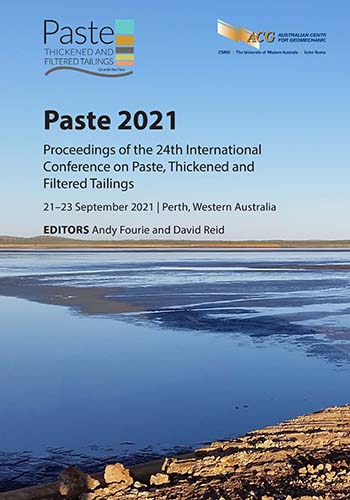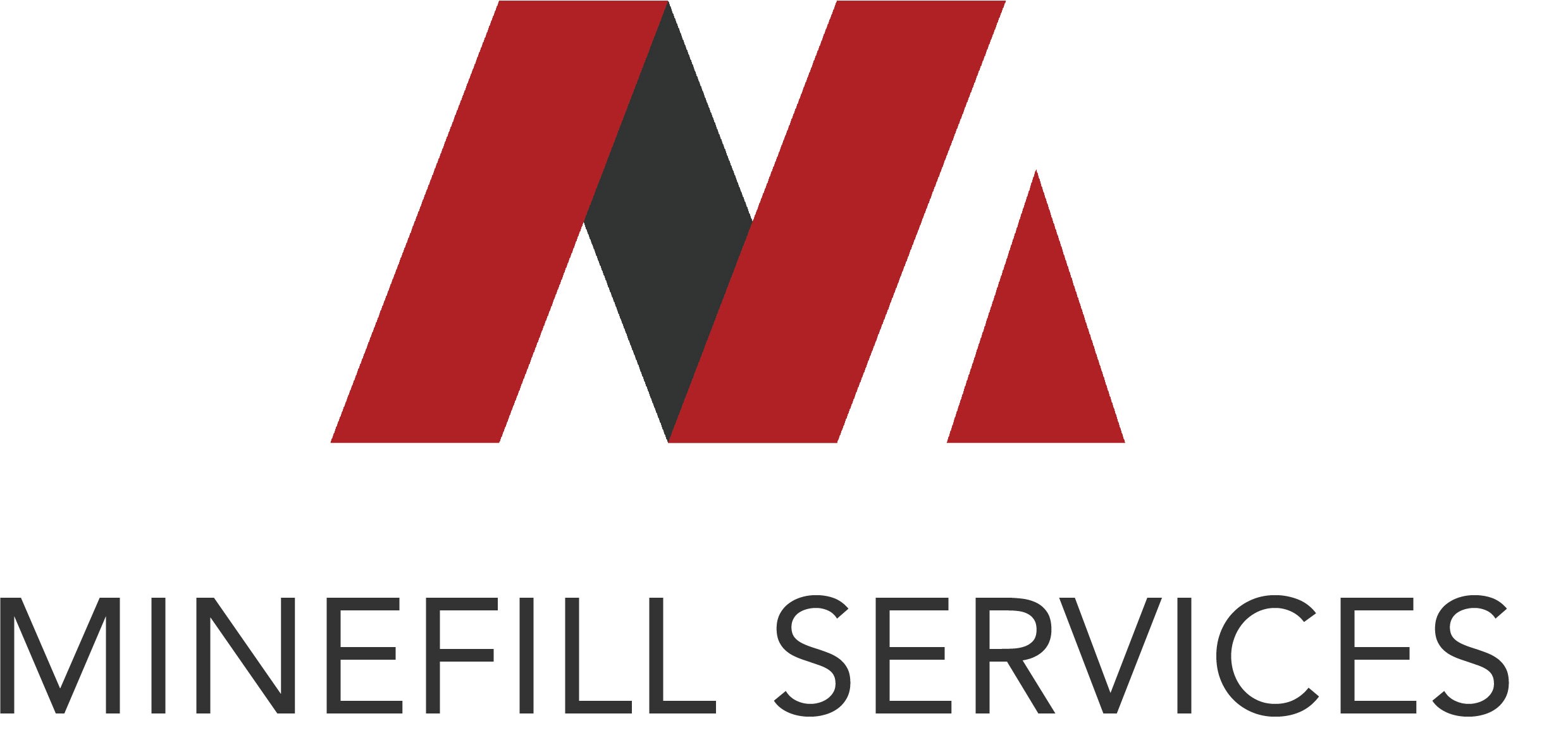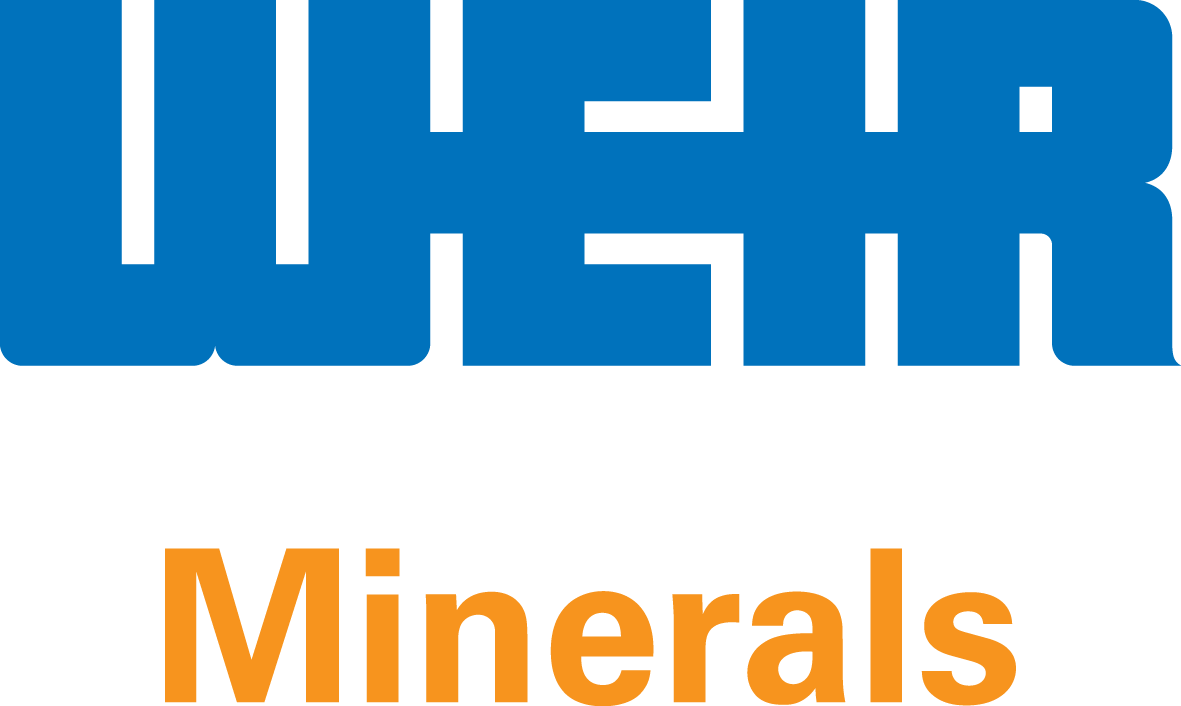Mixing requirement for ultra paste tailings

|
Authors: Roshdieh, A; Javadi, S; Williams, MPA; Karamad, E |
DOI https://doi.org/10.36487/ACG_repo/2115_06
Cite As:
Roshdieh, A, Javadi, S, Williams, MPA & Karamad, E 2021, 'Mixing requirement for ultra paste tailings', in AB Fourie & D Reid (eds), Paste 2021: Proceedings of the 24th International Conference on Paste, Thickened and Filtered Tailings, Australian Centre for Geomechanics, Perth, pp. 59-70, https://doi.org/10.36487/ACG_repo/2115_06
Abstract:
A controlling variable for a thickened tailings scheme design is the beach slope that will be formed by the tailings as they deposit. The slope will be mainly related to the discharge flow rate and the slurry rheology. The latter will, in turn, be dependent on the solids concentration of the thickener underflow. A higher solids concentration can be achieved by combining thickening and filtration. The objective is to still maintain a slurry that is pumpable and self-distributing at the tailings storage facility (TSF), rather than having to rely on trucks or on conveyors and stacking systems to manage a ‘cake’, but one that will deposit at a steeper beach slope than can be achieved by thickening alone. The use of ultra paste has the potential to broaden the range of topographic conditions that will suit thickened tailings discharge. The ultra paste thickened option is when a portion of the tailings is separated and dewatered in a more advanced dewatering unit (in this case filter presses). The filtered cake will then be re-mixed with the paste thickener underflow stream. This paper presents a case study for a large copper mine in which underflow from a series of paste thickeners with a nominal tonnage of 3,660 tph at 59% solids concentration would be mixed with 1,363 tph of filter cake at 80% solids concentration. The combined tailings (ultra paste) would be discharged equally into two open channels (flumes) at the combined solids concentration of 63.5%. The ultimate goal of adopting an ‘ultra paste’ scheme is to produce homogenous consistency tailings, hence proper mixing of the paste and filter cake has to occur. In this study based on a series of tests, the mixing requirement has been assessed. The study also covers a conceptual investigation of natural turbulent mixing (NTM) of the filtered tailings with paste thickened tailings and issues associated with the deposition of the combined tailings, the ultra paste, into the existing TSF. In the conclusion, the study indicates that NTM can possibly occur only for the case in which the total tailings are discharged into one channel, which is not practical due to limitations with regards to tailings management. Hence, mechanical mixing has been recommended in this case.
Keywords: ultra paste, thickened tailings, beach slope, filter cake, mixing requirement
References:
Javadi, S, Pirouz, B, Williams, P, Zarabadi, A & Seif, HR 2015, ‘Sarcheshmeh Copper Mine paste plant design, start-up and early operation overview’, in R Jewell & AB Fourie (eds), Paste 2015: Proceedings of the 18th International Seminar on Paste and Thickened Tailings, Australian Centre for Geomechanics, Perth, pp. 107–115,
MacNamara, L, Khoshniaz, N & Hashemi, S 2011, ‘The Sarcheshmeh thickened tailings disposal project’, in R Jewell & AB Fourie (eds), Paste 2011: Proceedings of the 14th International Seminar on Paste and Thickened Tailings, Australian Centre for Geomechanics, Perth, Australia, pp. 237–243,
Roshdieh, A, Seddon, KD & Pavissich, C 2016, ‘Optimization of tailings management schemes: comparison of tailings filtration and paste’, in S Barrera & R Jewell (eds), Paste 2016: Proceedings of the 19th International Seminar on Paste and Thickened Tailings, Gecamin, Santiago, pp. 170–180.
Roshdieh, A, Williams, P & Seddon, KD 2015, ‘The Sarcheshmeh thickened tailings scheme – a case study’, in R Jewell & AB Fourie (eds), Paste 2015: Proceedings of the 18th International Seminar on Paste and Thickened Tailings, Australian Centre for Geomechanics, Perth, pp. 587–595,
© Copyright 2025, Australian Centre for Geomechanics (ACG), The University of Western Australia. All rights reserved.
View copyright/legal information
Please direct any queries or error reports to repository-acg@uwa.edu.au
View copyright/legal information
Please direct any queries or error reports to repository-acg@uwa.edu.au





